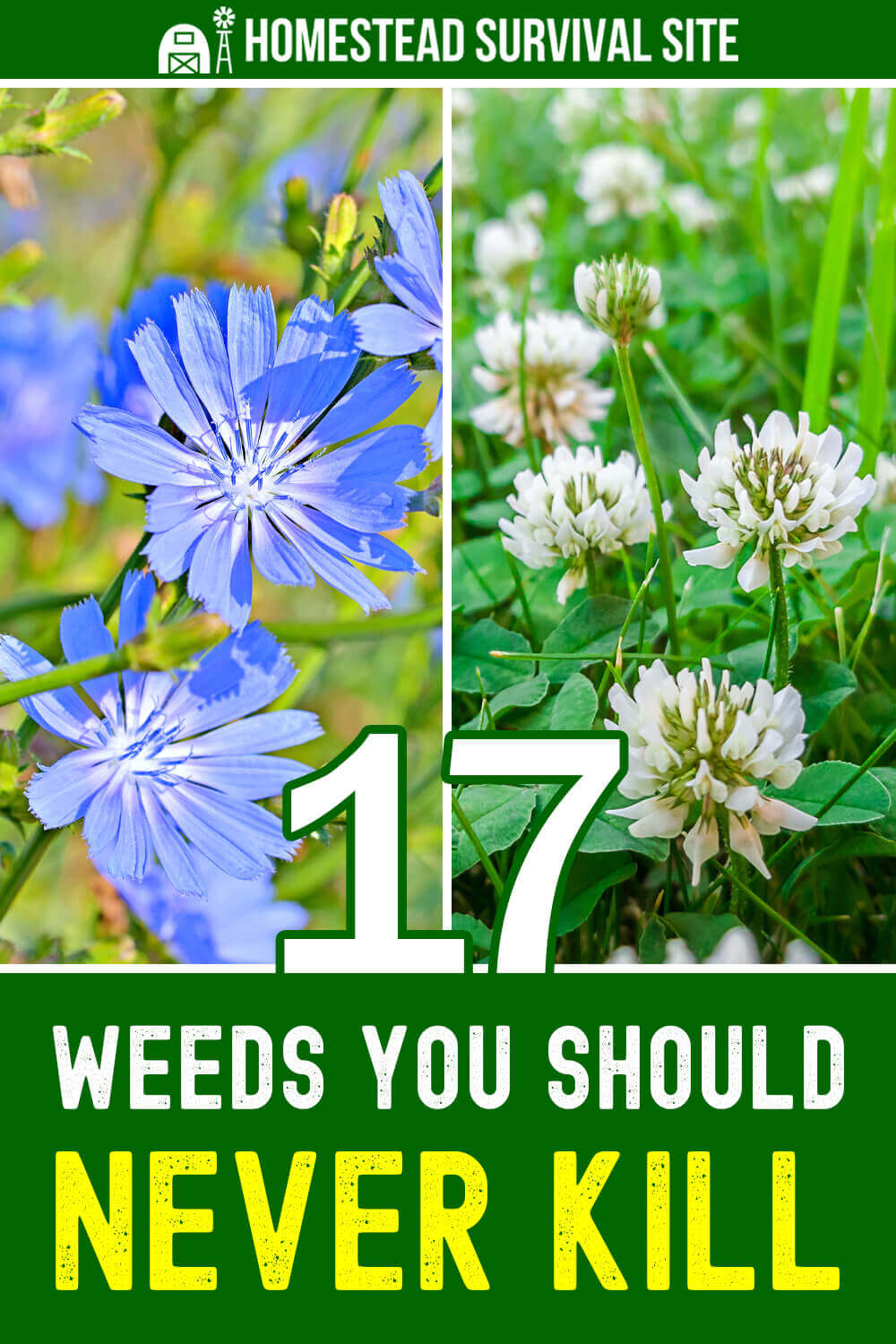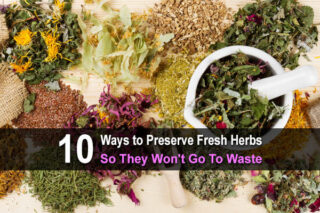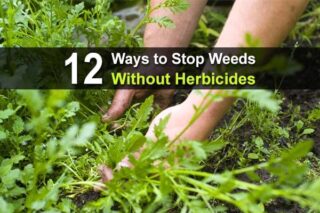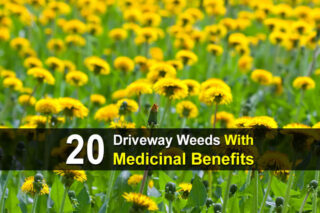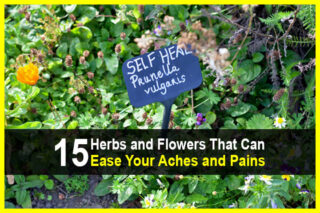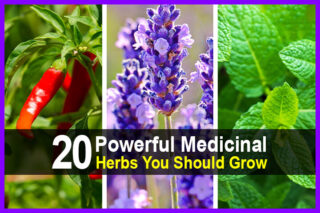Estimated reading time: 12 minutes
Disclaimer: I am not a medical doctor and nothing in this article should be taken as medical advice. Please talk to your doctor before using any of the herbs and/or remedies mentioned in this article.
If you're a gardener, you probably spend a good deal of time thinking about how to prevent weeds from taking over your beds. When left unchecked, weeds can take valuable space and nutrients away from our plants. Pulling weeds that do take root can be a time-consuming and arduous task.
But what exactly is a weed? The Merriam-Webster Dictionary defines a weed as “a plant that is not valued where it is growing and is usually of vigorous growth” and “one that tends to overgrow or choke out more desirable plants.”
Not all weeds are created equal, so unless they're causing you major problems, many weeds should be left alone. In fact, many common backyard weeds offer significant benefits – if you know how to use them.
Here are 17 common weeds and how you can use them for nutritional or health purposes.
Want to save this post for later? Click Here to Pin It On Pinterest!
1. Burdock
Known for its big heart-shaped leaves and velcro-like seed heads that stick to clothing and fur, burdock is often considered a pesky weed. However, beneath the soil, its root offers numerous health benefits.
Rich in dietary fiber and antioxidants, burdock root can be eaten as a vegetable or used as a detoxifying herbal remedy. In traditional medicine, it's often used as a blood purifier and to treat skin conditions like eczema and psoriasis.
Here’s a video on how to prepare burdock root for culinary purposes.
2. Chickweed
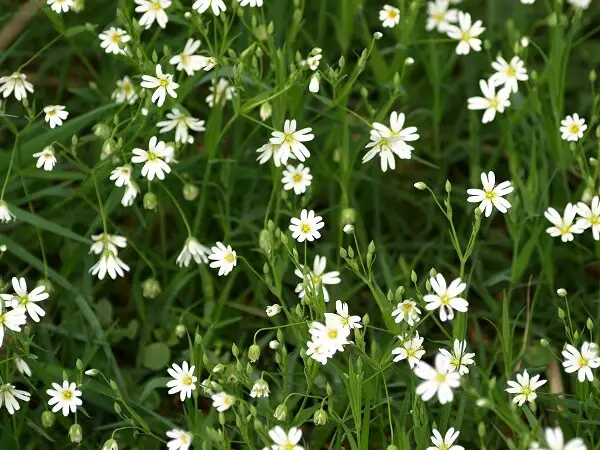
Chickweed, a creeping plant with small white flowers and oval leaves, grows throughout most of North America and is common along roadsides and in backyards.
It is edible and contains high amounts of vitamin C. Other nutrients include Vitamins A, D and B, iron, calcium and potassium. Chickweed salve can be used to treat acne, eczema, burns, rashes and to help heal cuts.
Here is a video showing how to recognize chickweed and how to use it for your family.
3. Chicory
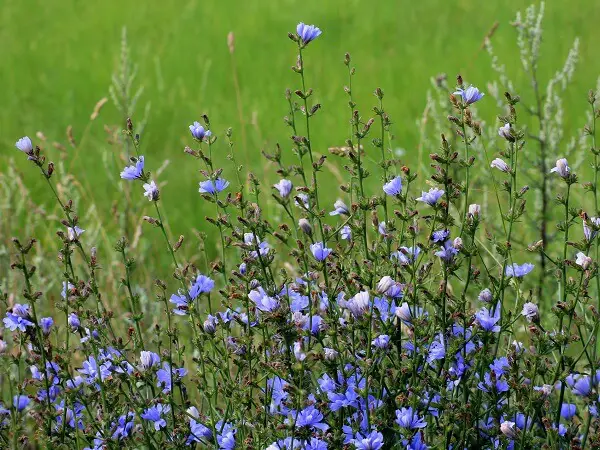
This common weed has a light blue flower and is sometimes called the “blue dandelion.” Like the dandelion, it is a common sight in parking lots and backyards. You can bake and grind chicory roots and use it as a coffee substitute. Chicory also is used as a tonic to settle an upset stomach and to ease digestion.
4. Curly Dock
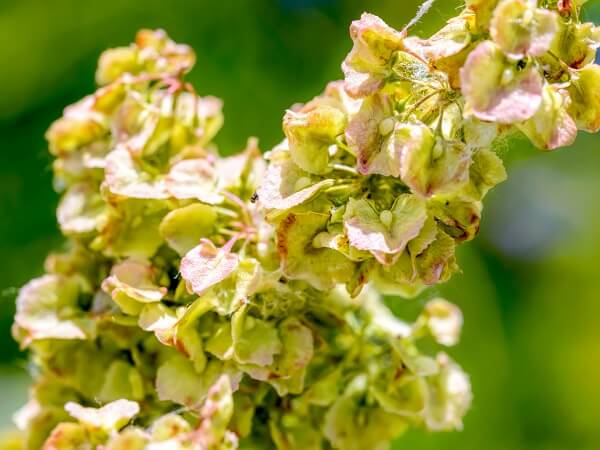
A hardy and widespread weed, curly dock leaves are rich in vitamin C, beta-carotene, and zinc, and its seeds are high in calcium and fiber. You also can eat the plant’s stems either raw or cooked, or you can try roasting the seeds to make a healthy, hot drink.
Here is how to find and harvest curly dock and here is how to make curly dock flour.
5. Dandelion
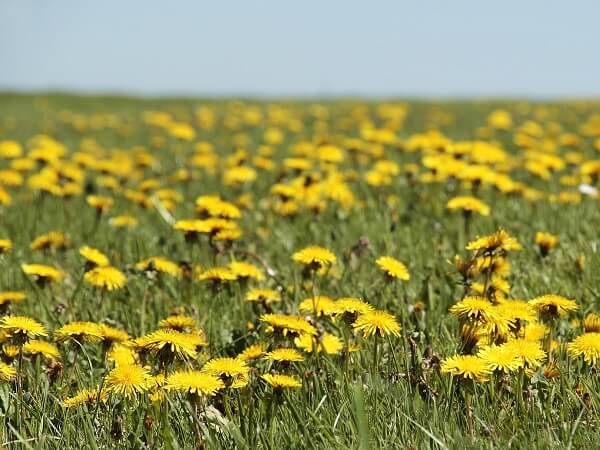
Easily recognized because of its sunshine yellow color, the dandelion is the bane of homeowners who strive to keep a weed-free lawn. However, every part of the dandelion is edible. You can eat them raw in salads, or cook them in soups and stews.
Dandelions offer more nutrition than kale or spinach and a half cup of dandelion greens has more calcium than a cup of milk! Dandelion greens contain Vitamin C, A, and K and are rich in potassium.
Here’s how to harvest these prolific weeds and make dandelion tea. You also can make a tasty and nutritious dandelion wine.
Here are some other things you can do with dandelions.
6. Goldenrod
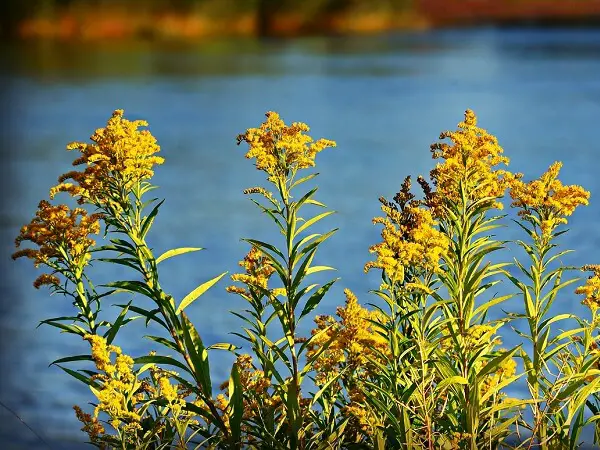
An important reason to let goldenrod grow in your garden is that it serves as food for bees, butterflies, and other pollinators. However, goldenrod also benefits we humans in other ways. For centuries, goldenrod has been used as a diuretic and as a way to treat inflammation of the urinary tract.
Making goldenrod tea is easy. Here’s how.
7. Ground Ivy (Creeping Charlie)
With its scalloped leaves and small purple flowers, Ground Ivy, or Creeping Charlie as it's often called, is more than just a beautiful ground cover. Historically, it has been brewed into herbal teas to relieve coughs and congestion, owing to its mild expectorant properties.
Moreover, it's been used as a tonic to support kidney health. If you want to experiment with Ground Ivy tea, here is a simple guide. Before indulging, remember to ensure the plant has not been exposed to any lawn chemicals or other toxins. Always harvest in moderation, so the plant can continue to thrive and re-grow.
8. Lamb’s Quarters
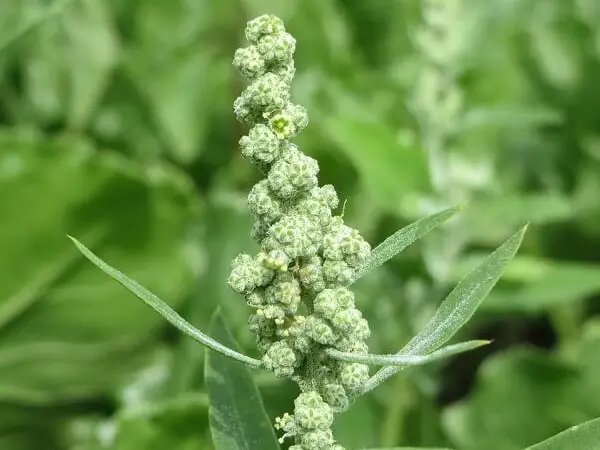
This so-called weed has deep roots that help loosen the soil while accumulating nitrogen, potassium, phosphorus, manganese, and calcium. Some people call this plant the “wild spinach,” as it can be eaten raw in salads or cooked in recipes.
It’s easy to harvest in early summer and to use as a food. Here’s how.
9. Milk Thistle
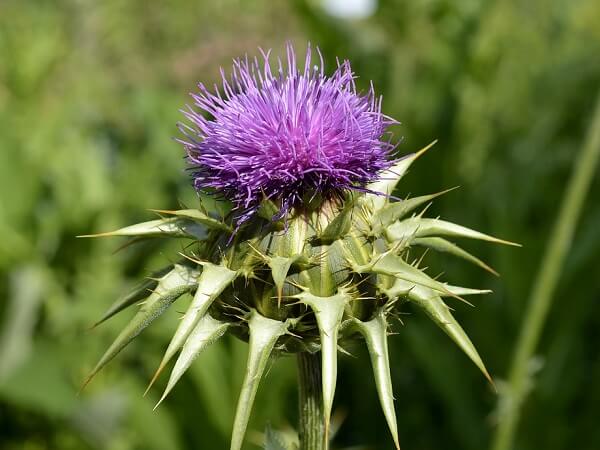
Although its scary thorns may suggest otherwise, all parts of the milk thistle weed are edible. After you remove the plant’s spiky leaves (with gloves), you may eat the thistle’s stalks, leaves, roots and flowers raw or cooked as a spinach substitute.
You also can roast the thistle root for use as a coffee substitute or make thistle tea or juice.
10. Mullein
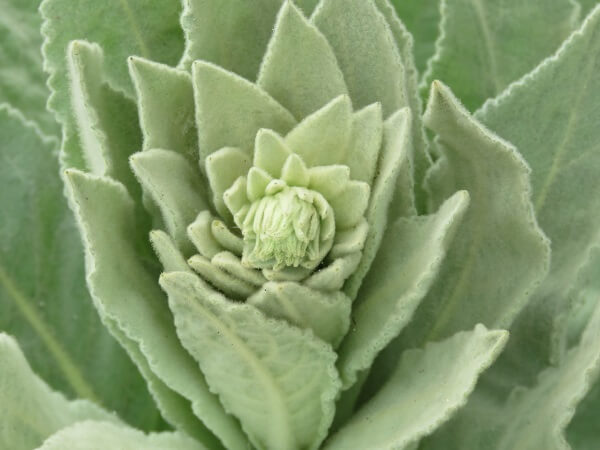
The fuzzy, silvery green leaves and bright yellow flowers of the mullein plant have been used since ancient times for medicinal purposes. You can use them to make a soothing tea or in an infused oil or tincture. Mullein works as an expectorant, so mullein tea can be useful when you have a cough or a cold.
Here is a video showing how to make a tincture from fresh mullein leaves. You can make up to seven bottles of tincture from the leaves of just one plant.
You can use the roots, the leaves, the flowers, or a combination of all three to make tea. You also can use the plant parts fresh or dried. Here is a video showing the process.
11. Nettles
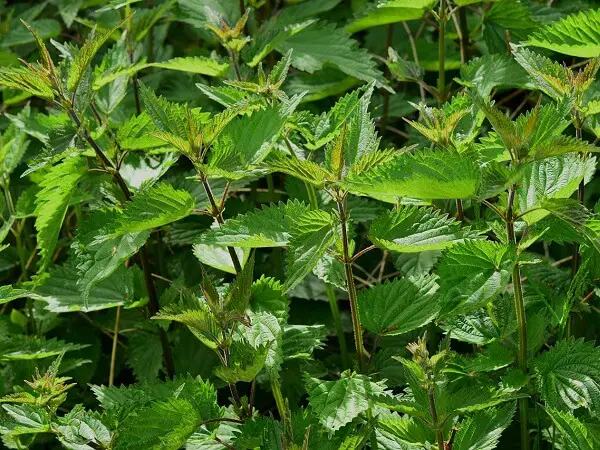
If you’ve ever brushed up against a stinging nettle unawares, you know you have to show this weed respect. However, when handled with care and caution, the stinging nettle has many uses.
The leaves of fresh young nettle plants have benefits for the skin, and nettle tea is known to be a soothing and detoxifying tonic. It is important to harvest only young plants that have not flowered or gone to seed to make your tea. Here is how to harvest nettles in the spring and make tea.
12. Plantain
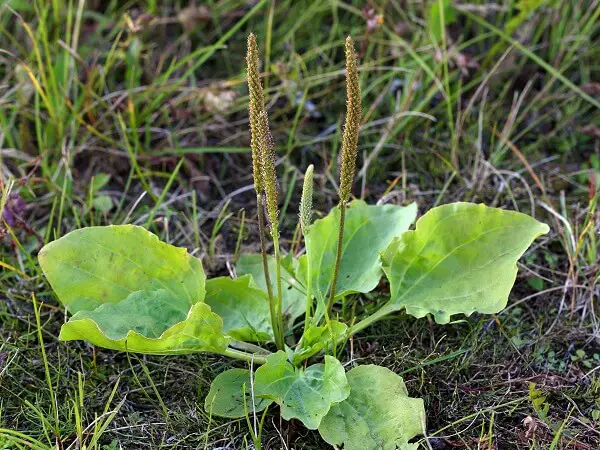
Brought to the new world by Europeans, plantain got the name “White Man’s Foot” from Native Americans. The weed started popping up wherever the white man traveled. Today, you can find it along roadsides, between sidewalk slabs, and in your backyard.
Common plantain and ribwort plantain both have antiseptic properties that make them useful as salves. They can reduce the pain and itching caused by poison ivy, insect bites, and stings. Here is a video that shows how to identify plantain and how to make a salve.
Plantain contains calcium, sulfur, magnesium, manganese, and iron. It is edible and can be used to make a medicinal tea.
13. Purslane
Often dismissed as a pesky intruder, purslane is actually a garden gem that many overlook. The succulent-like leaves of this weed are not just for show; they are rich in Omega-3 fatty acids – unusual for a plant source.
Furthermore, purslane contains Vitamins A, C, and E, which are known for their antioxidant properties. You can toss the succulent leaves in your salads, stir-fries, or even in sandwiches for a juicy crunch.
Here is a video on how to spot purslane and create a delectable dish.
14. Queen Anne’s Lace

Designated as a noxious weed in many states, Queen Anne’s lace is a tall plant with a large, delicate-looking white or purplish flower. It belongs to the carrot family, and Europeans have harvested its roots and eaten Queen Anne’s lace as a vegetable for centuries.
The leaves have antibacterial properties and are useful as a healing poultice. Here is how to make a tincture with Queen Anne’s lace.
15. White Clover
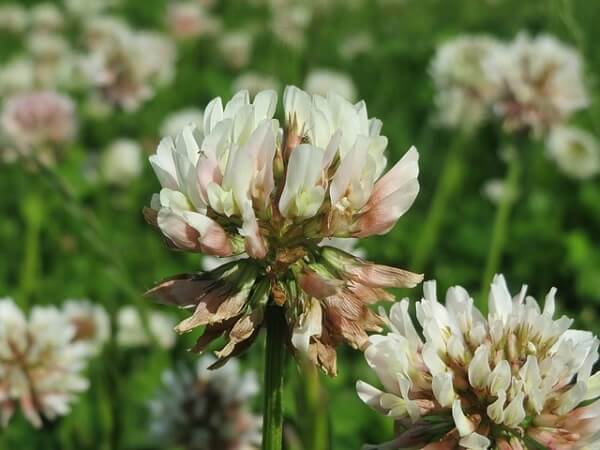
This groundcover often appears in areas where soil nitrogen is lacking. It is useful in that it can protect fruit tree roots and can help fertilize garden soil. All parts of the clover are edible, and the plant can be used also to make tinctures, salves, and teas. White clover tea makes for a soothing eyewash.
16. Yarrow
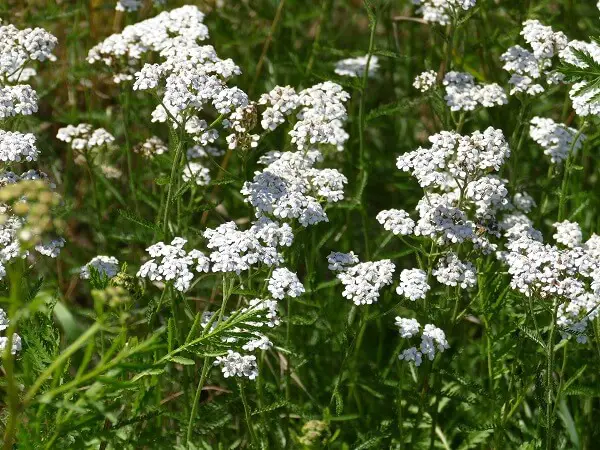
Part of the sunflower family, yarrow has segmented leaves and clusters of daisy-like flowers at the top of its tall stalk. Native American healers used yarrow to make a poultice to treat bruises, sprains, and swelling. They also chewed yarrow raw or in a stewed form to induce sweating to lower fevers and as a digestive aid.
Traditional medicine often combines yarrow with echinacea, ginger elderflower, and peppermint to treat a variety of painful conditions, especially those that involve swelling. Here is a video showing how to make yarrow tincture. Some people find relief from seasonal allergy and cold symptoms by drinking yarrow tea.
Here is a recipe for yarrow tea:
Ingredients:
- 1 tsp of dried yarrow
- 1 cup of boiling water
- Slice of lemon or honey
Directions:
- Add the dried yarrow to a mug of boiling water. Steep for at least 10 minutes.
- Strain the yarrow leaves.
- Add honey or other sweetener if desired, or a slice of lemon.
17. Yellow Sorrel
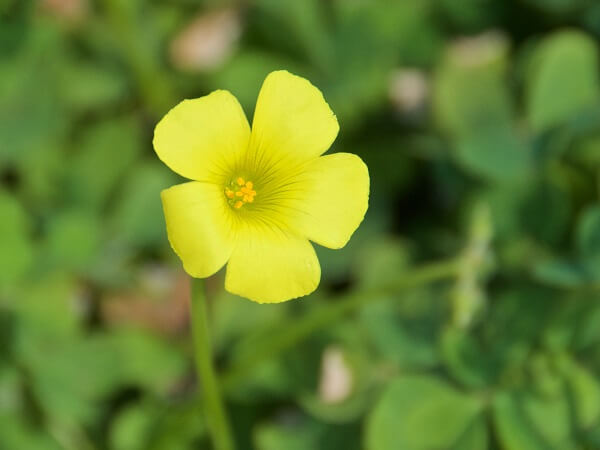
A fast-growing and quick-spreading plant, yellow sorrel has edible leaves and flowers that can be eaten raw as is or in salads. Sorrel has a distinct lemony flavor. You also can make a poultice from sorrel leaves that soothes insect bites, burns, and skin irritations.
A Word of Caution
Although we have mentioned that many of these helpful weeds grow along roadsides and in other public spaces, it is important to note that these areas may have been treated with chemicals.
If these plants are not growing in your own backyard, here are rules for foraging these common weeds as well as other plants.
- Avoid industrial areas, roadsides, dog walking areas and agricultural property that may be sprayed with insecticides, herbicides, or fertilizers.
- Never consume wild food unless you are completely sure of its identification. Some plants are poisonous.
- Do not pick more than you will use. Leave some for other people and for the wildlife and insects that use them to survive.
- Ask permission to forage. It may look like an untended field to you, but it is probably someone’s property. If you ask permission, the owner will most likely be happy for you to gather their weeds. If you don’t ask permission, you may be considered as a trespasser.
- Avoid trampling the ground or otherwise damaging the area.
- Bring along a knife or a pair of scissors to harvest plant parts. That way, you won’t inadvertently uproot a plant when you just want a few leaves.
- Be cautious when consuming new plants. Sometimes your body will have allergic reactions. If you have a medical condition, are pregnant or are breastfeeding, check with your medical practitioner before consuming wild foods.
Like this post? Don't Forget to Pin It On Pinterest!
You May Also Like:

